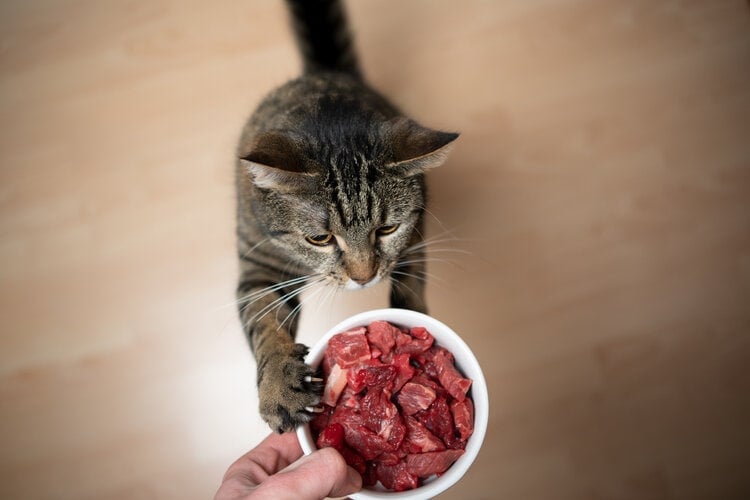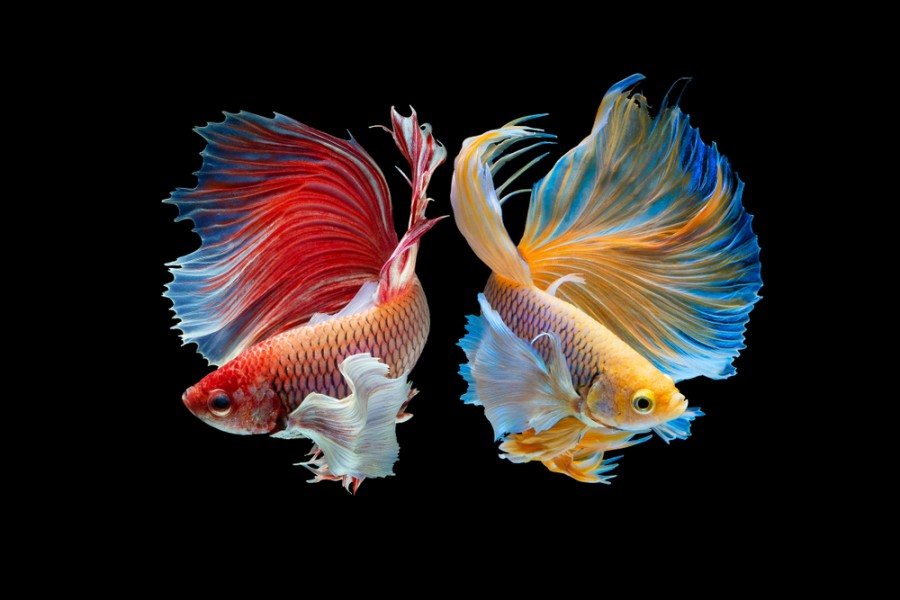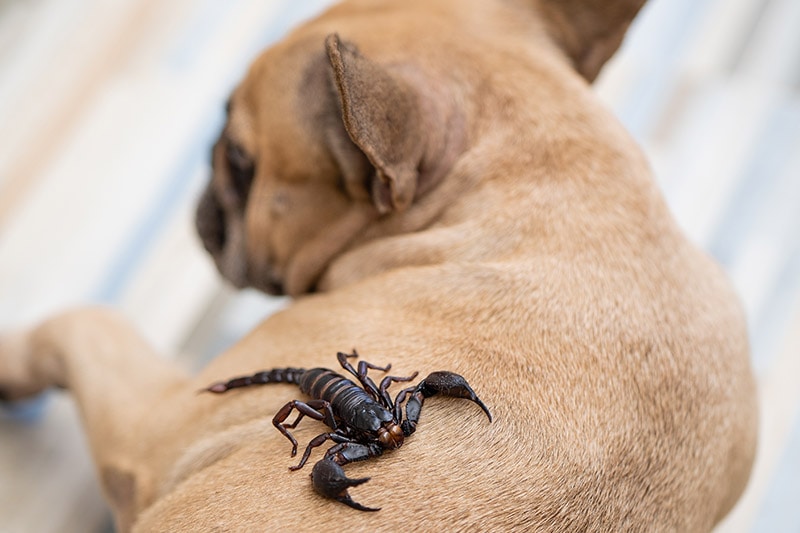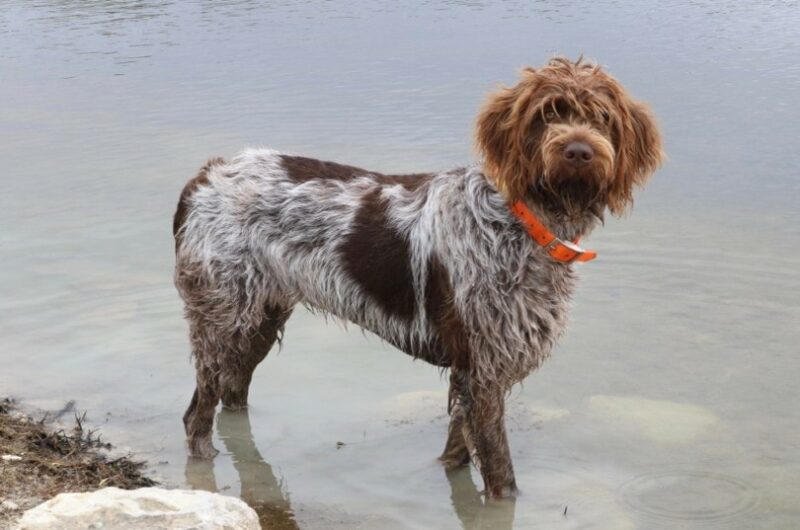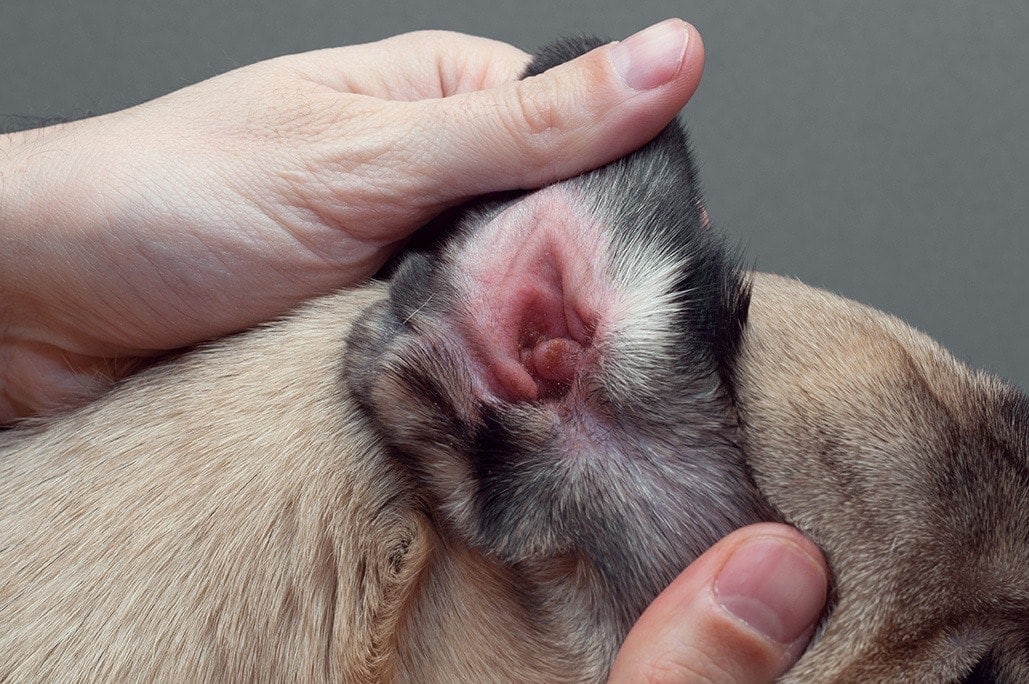6 Best Cat Toothpaste for Gingivitis and Periodontitis in 2024 – Reviews & Top Picks
Updated on
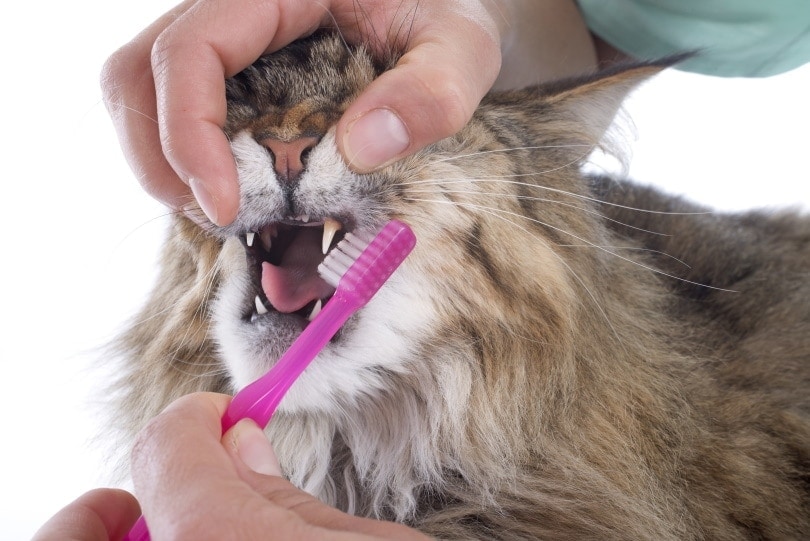
A Quick Comparison of Our Favorites in 2024
| Rating | Image | Product | Details | |
|---|---|---|---|---|
| Best Overall |

|
Virbac CET Enzymatic Toothpaste |
|
Check Price |
| Best Value |

|
Oxyfresh Premium Pet Dental Kit |
|
Check Price |
| Premium Choice |

|
Pet King Oratene Brushless Toothpaste Gel |
|
Check Price |

|
Vetoquinol Enzadent Enzymatic Toothpaste |
|
Check Price | |

|
Nylabone Advanced Oral Care Dental Kit |
|
Check Price |
The 6 Best Cat Toothpaste for Gingivitis and Periodontitis
1. Virbac CET Enzymatic Toothpaste – Best Overall

| Flavor: | Beef |
| Toothpaste type: | Enzymatic |
| Safety: | Safe to swallow |
| Foaming agents: | None |
Our best overall product is the Virbac enzymatic toothpaste because it is veterinary approved. This toothpaste is safe for daily use and includes no foaming agents, so it is safe for cats to swallow in large amounts. Virbac is a top recommended dental brand by veterinary professionals. It is an excellent cleaning agent formulated using an enzyme system for cats to freshen their breath, reduce plaque, and clean their mouth thoroughly with an added beef flavor that your cat will love.
This toothpaste should be used with a soft-bristled toothbrush and applied daily as directed by a veterinarian. It is important to follow the instructions from your vet so that you know how to use it properly. The manufacturers have designed this toothpaste to be tasty and readily accepted by cats of all ages. This toothpaste has a non-foam enzyme and abrasive agent to keep your cats’ teeth and gums in good condition.
- Top recommended dental brand
- Removes plaque and build-up
- Safe for cats to swallow
- Veterinary help required before use
2. Oxyfresh Premium Pet Dental Kit – Best Value

| Flavor: | Tasteless |
| Toothpaste type: | Dental gel and water additive |
| Safety: | Non-toxic formula |
| Foaming agents: | None |
Our best value for money product is the award-winning dental kit by Oxyfresh. This kit includes a dental water additive to keep your cats’ teeth clean and their gums healthy. The water additive helps to remove tartar build-up. While the toothpaste gel included is formulated with non-toxic ingredients, such as oxygene, to help fight plaque and neutralize bacteria that cause bad breath in cats. It is ideal for picky cats because it is odorless and tasteless so your cat will not even know it’s there.
We highly recommend this product to help prevent and relieve the signs associated with gingivitis or periodontitis using two high-quality products for a convenient dental routine at home. In comparison to competitor products, it is easier to buy this kit if you want both a water additive and toothpaste for your cat. This toothpaste also works well on the gum line to help reduce redness and inflammation because it soothes the tissue.
- Kit includes a water additive and toothpaste gel
- Award-winning dental brand
- Great for tarter and plaque control
- Kit excludes brushes
3. Pet King Oratene Brushless Toothpaste Gel – Premium Choice
| Flavor: | Aloe vera |
| Toothpaste type: | Gel |
| Safety: | Non-toxic ingredients |
| Foaming agents: | None |
One of our premium choices has to be the Pet King Oratene brushless toothpaste for cats. It has a pleasant yet tasteless flavor, and the ingredients help to keep cats’ gums and teeth clean while keeping their breath fresh and pleasant. It can either be placed on your finger and rubbed around your cats’ teeth and gums, or it can be brushed on using a soft bristle toothbrush for cats.
The non-drying formula prevents excess salivation, which is great in comparison to our competitors’ products who use ingredients that may dry out your cat’s mouth. It is 100% safe and non-toxic for advanced oral support. It is also free from xylitol, alcohol, detergents, and chemicals for a gentle tooth and gum cleaning. It is safe to use daily as part of a routine for cats who are suffering from gingivitis or periodontitis.
- Keeps teeth and gums clean
- Prevents excess salivation
- Safe for daily use
- Pricey
4. Vetoquinol Enzadent Enzymatic Toothpaste

| Flavor: | Poultry |
| Toothpaste type: | Enzymatic Enzadent |
| Safety: | Swallowable |
| Foaming agents: | None |
This enzymatic solution toothpaste contains an enticing poultry flavor for cats. It has a non-foaming formula and readily removes debris and plaque to ensure that your cats’ teeth and gums are polished and clean. It helps to eliminate bad breath and combats harmful bacteria growth in your cat’s mouth.
This triple enzyme formula effectively cleans cats’ teeth and can be safely swallowed without having to rinse your cat’s mouth out. It boosts dental health and hygiene while combating tooth and mouth illnesses if it is used daily for a few weeks. It can be used to help prevent and relieve some of the uncomfortable symptoms brought on by gingivitis and peritonitis by removing debris that can be rubbing on the gums to reduce inflammation while removing the bacteria and plaque that can contribute to these dental conditions.
- Removes plaque and debris
- Relieves gum inflammation
- Boosts dental care and hygiene
- May dry out cat’s mouth
5. Nylabone Advanced Oral Care Dental Kit

| Flavor: | Original |
| Toothpaste type: | Gel |
| Safety: | Swallowable |
| Foaming agents: | Yes |
Nylabone advanced oral care makes oral care easy while leaving your cat with a fresh breath and healthy gums and teeth. This kit has been designed for cats and features an angled toothbrush to conveniently clean your cats’ smallmouth. The toothbrush that is included is gentle on the gums because it is made of soft nylon bristles which do not scrape against the gums. The rubber massagers on the brush help to gently remove tarter for your cats’ teeth. It has been made with Denta-C, which has been scientifically formulated to reduce plaque buildup.
The toothpaste is gentle and will not harm your cats’ teeth or gums even with regular use. It should be cautioned that the ingredients are not non-toxic, and they may contain potential foaming agents.
- Includes soft toothbrush
- Gentle on gums and teeth
- Reduces plaque buildup
- Contains foaming agents
- May cause dry mouth
6. C.E.T Enzymatic Toothpaste

| Flavor: | Poultry |
| Toothpaste type: | Enzymatic |
| Safety: | Safe for daily use |
| Foaming agents: | Yes |
C.E.T has formulated an enzymatic solution toothpaste with an enticing poultry flavor to entice cats. It has been designed to reach all surfaces within your cat’s mouth while reducing damage to your cats’ gums. It effectively removes plaque and tartar buildup, and it also removes bacteria that can affect your cats’ gums to prevent dental problems like gingivitis. It can be used daily because the ingredients are gentle, and it is ideal for cats with sensitive teeth and gums.
Although this product has some good qualities, it does foam, and the manufacturer claims that it is better to rinse your cat’s mouth after use to help minimize excess salivation due to the drying nature of the ingredients.
- Reduces gum damage
- Ideal for cats with sensitive teeth
- Expensive
- Questionable ingredients

Buyer’s Guide
What Types of Cat Toothpastes Are There?
Gel Toothpaste
This type of toothpaste is a more common type of toothpaste for cats. It is also more affordable and readily available. Gel toothpaste mainly helps to remove standard plaque and tartar that can build up in your cat’s mouth. It is typically more gentle than other types of toothpaste, such as an enzymatic solution.
- Recommended: Pet King Oratene Brushless Toothpaste Gel
Enzymatic
This is a stronger form of toothpaste that is effective at removing harmful bacteria, plaque, and tarter from a cat’s mouth. It ensures complete dental hygiene and care, especially if your cat is prone to gingivitis or periodontitis. This type of toothpaste is usually recommended by veterinarians and professional advice is required before using this toothpaste on your cat.
- Recommended: Virbac CET Enzymatic Toothpaste
Sensitive Care
This type of toothpaste is suited for cats who have sensitive teeth and gums. This means that they are prone to gum inflammation or tooth pain if a harsh toothpaste is used.
- Recommended: C.E.T Enzymatic Toothpaste
Brushless Formula
This type of toothpaste can be used without having to manually brush your cats’ teeth. It works well on its own and should just be rubbed around your cats’ teeth and gums without rinsing.
- Recommended: Pet King Oratene Brushless Toothpaste Gel
How Often Should You Brush Your Cats Teeth?
Your cats’ teeth can be brushed every day to every third day if they are prone to gum or teeth problems. You do not need to brush your cats’ teeth every day because it can have the opposite effect and damage your cats’ teeth and gums due to frequent abrasion from the toothbrush. Brushless toothpaste or gels can be used daily as part of a convenient dental care routine.
Which Ingredients Help Prevent Gum Issues in Cats?
Certain enzyme solutions in toothpaste are recommended by veterinarians to control and prevent gingivitis or periodontitis. You want to ensure that you purchase toothpaste that can remove bacteria and plaque which contributes to gum issues in cats.
Conclusion
The two best products for the prevention and treatment of gingivitis and peritonitis in cats of all ages from the products we have reviewed are the Virbac CET Enzymatic Toothpaste and the dental kit from Oxyfresh. Virbac is trusted and recommended by professional veterinarians for advanced dental hygiene and gum care. Whereas the Oxyfresh Dental Kit is ideal for the prevention of these gum conditions as it contains both a water additive and a gel toothpaste.
- See also: 8 Best Litter Boxes for Older Cats
Featured Image Credit: cynoclub, Shutterstock






